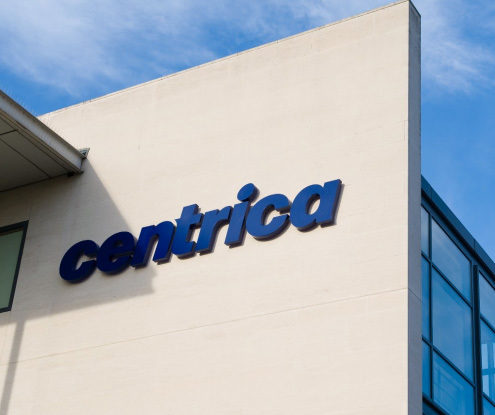The UK’s Office of Gas and Electricity Markets (Ofgem) has approved five new undersea energy links. In total, the newly approved projects are expected to boost the UK’s energy export and import capacity by over 6 GW, increasing it to over 18 GW by 2032, provided all of the approved links are completed as scheduled.
The planned links include three interconnectors – with Ireland, Northern Ireland and Germany – as well as two offshore hybrid assets (OHAs) that will connect to the Netherlands and Belgium. Ofgem noted that these would be the UK’s first ever OHAs.
Interconnectors enable cross-border trade of electricity and are expected to play a significant role in the UK’s plans to decarbonise its power grid. Ofgem has a cap-and-floor regime in place, aimed at attracting investment into new interconnector capacity.
The regulator said that seven projects applied to be assessed for suitability under the cap-and-floor regime’s third application window, which ran from September 2022 to January 2023. It has now decided to grant a cap and floor regime in principle to three of these projects – the Tarchon Energy Interconnector, Mares Connect and LirIC.
Tarchon is a planned 610 km subsea cable between East Anglia and Niederlangen, Germany, with a capacity of 1.4 GW.
Mares Connect is planned to run between Bodelwyddan, North Wales and Ireland, over a distance of 190 km and with a capacity of 750 MW.
LirIC is a proposed 142 km interconnector between Hunterston, Scotland and Kilroot, Northern Ireland, with a capacity of 700 MW.
Ofgem’s cap-and-floor rules limit revenue for interconnectors, which the regulator said would ensure that the new projects “keep consumer costs as low as possible”.
OHAs, meanwhile, combine interconnection with the transmission of power generated by offshore wind. According to Ofgem’s decision announcement, this provides the potential for coordination and efficiency benefits compared to standalone point-to-point interconnectors and radial offshore wind connections.
The regulator ran an OHA regulatory pilot scheme, the application window for which closed in October 2022. It evaluated two projects under the Initial Project Assessment – LionLink and Nautilus – and has now decided to grant both projects a pilot OHA regulatory regime in principle.
LionLink is proposed as a 1.8 GW connection to an offshore converter station on an offshore transmission platform in the Netherlands. Nautilus is a planned 1.4 GW connection to an offshore converter station on the Princess Elisabeth energy island off the coast of Belgium.
The OHAs will be able to feed energy generated by offshore wind farms directly into both the UK and European grids, according to the announcement.
Major boost
Ofgem described the approval of both the interconnectors and the OHAs as a “major boost for energy security and the shift to clean power”. The five links are aimed at harnessing growing offshore wind capacity both to provide power to the UK and to offer additional export routes for periods of energy surplus.
During times of energy deficit, meanwhile, the newly approved projects are expected to be used to import electricity.
“We’ve carefully assessed all the proposed projects and only approved those ones which deliver for consumers in terms of value, viability and energy security,” said Ofgem director general for infrastructure Akshay Kaul.
“As we shift to a clean power system more reliant on intermittent wind and solar energy, these new connections will help harness the vast potential of the North Sea and play a key role in making our energy supply cheaper and less reliant on volatile foreign gas markets and associated price spikes.”
The approval was welcomed by the UK government, with Parliamentary Under-Secretary of State for the Department for Energy Security and Net Zero (DESNZ) Michael Shanks describing interconnectors as “vital international links” for helping to build a clean and secure energy supply.
“Our mission to make Britain a clean energy superpower requires us to make a once in a generation upgrade of Britain’s energy infrastructure – which will include rolling out more interconnector projects in the future, bringing skilled jobs and investment to communities across the country,” Shanks stated.
UK utility National Grid, meanwhile, released a statement welcoming the approval of the first-of-their-kind OHAs. It noted, however, that National Grid Ventures’ participation in these projects was conditional on a final investment decision (FID), which in turn would require certainty on various factors, including an “acceptable” economic regulatory regime for the links.
“Ofgem’s approval of LionLink and Nautilus’ Initial Project Assessment is welcome news and an important step towards having the regulatory certainty we need to build these projects,” said National Grid Ventures president Ben Wilson.
“It’s important that the regulatory arrangements are now finalised and deliver an investible framework.”
Recommended for you











